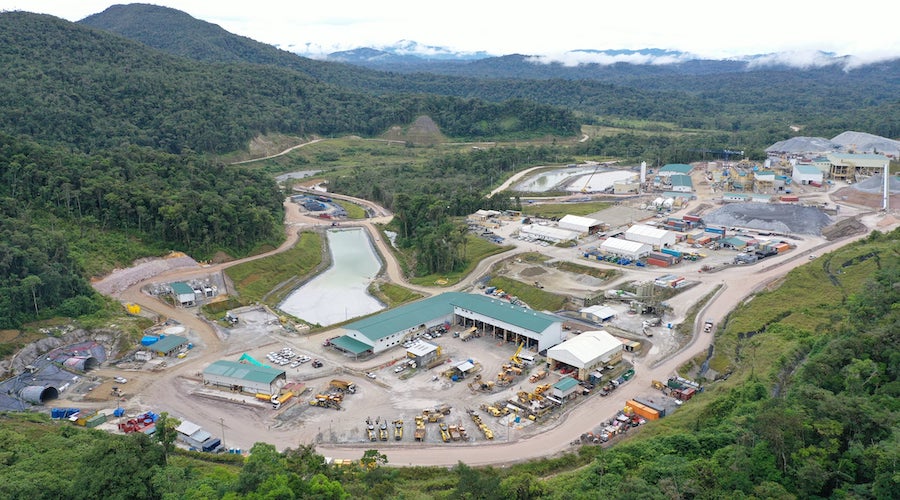Wheaton adds Lumina’s Cangrejos project gold stream


Wheaton Precious Metals is adding the gold stream of Lumina Gold’s (TSX-V:LUM) flagship Cangrejos project to its portfolio of assets, in a deal worth $300 million.
The amount comprises $48 million of pre-construction funding and $252 million to be paid during mine construction, the parties said.
The Cangrejos gold-copper project, located in the El Oro province in Ecuador, is forecast to be a high-margin mine in the lowest half of the cost curve, with a 26-year productive life.
The addition of the project to Wheaton’s streaming portfolio “should provide accretive, long-term growth as well as significant exploration potential,” president and chief executive, Randy Smallwood, said in the statement.
The deal will see Wheaton acquire 6.6% of the payable gold from the project until 700,000 ounces has been delivered. At this point, the stream will be reduced to 4.4% of the payable gold production for the life-of-mine (LoM).
Wheaton is expecting attributable production of more than 24,000 ounces annually for the first ten years of production and more than 4,500 ounces per year for the rest of the mine’s productive life.
With the Cangrejos stream, Wheaton's total estimated proven and probable gold reserves will increase by 0.76 million ounces, measured and indicated gold resources by 0.25 million ounces, and inferred gold resources by 0.16 million ounces, it said.
"This transaction validates the extensive technical work that the Lumina Group has completed on Cangrejos since 2014,” the company’s founder and largest shareholder, Ross Beaty, said in a separate statement.
“It will de-risk the execution of the Cangrejos project and form a significant part of the $1 billion of required construction capital,” he noted.
A recent prefeasibility study ranks the project as the 26th-largest global gold asset, substantially improving its economic metrics.
The mine is forecast to produce 24,000 ounces of gold a year for the first ten years, and 24,5000 ounces a year for the life of the mine.
Cangrejos project is located in the Andean foothills in southwestern Ecuador. The area has a long established history of mining, but the sector remains small, with only a handful of operations and projects.

Ecuador currently has two producing mines — EcuaCorriente’s Mirador copper mine and Lundin Gold’s Fruta del Norte.
Indigenous communities around Ecuador have been pushing back against the spread of mining, with protests, lawsuits and efforts to develop economic alternatives such as stepped-up tourism.
They have managed to halt several large mining projects over the past five years, with a Constitutional Court ruling in 2022 that mining operations had to seek consent from all indigenous communities affected by their projects, not just a select few.
Despite the roadblock, some companies have managed to obtain the necessary permits to move their projects forward. These include Canada’s Dundee Precious Metals (TSX: DPM), whose environmental permit for its Loma Larga gold underground project was upheld by a local court in July last year, but which continues to be the target of criticism.
The country’s Chamber of Mines estimates that community opposition to mining is holding up some $1 billion of investments in the sector.
Comments